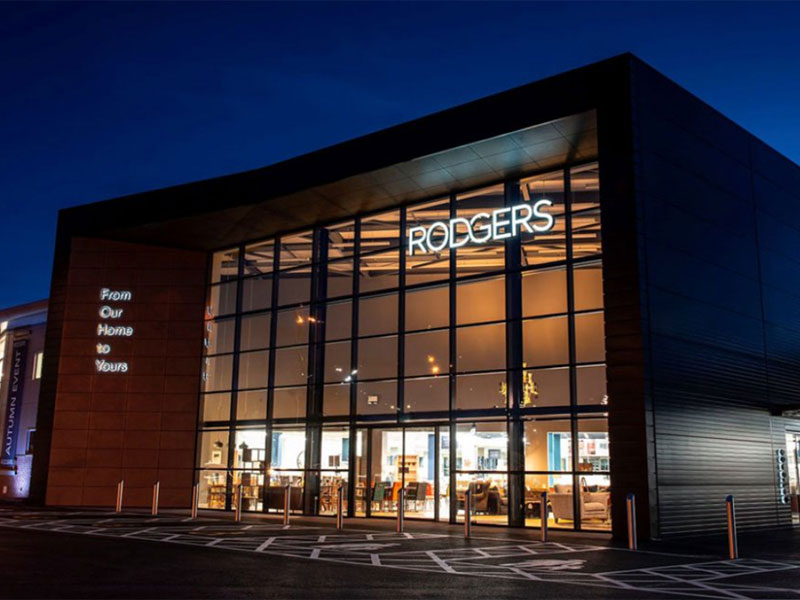You may recall we had previously written a piece introducing a small Dutch village called Hogeweyk. Known as ‘Dementia Village’ because the 152 residents who live there all have severe dementia, residents require 24-hour-a-day care and will likely call Hogeweyk their last home. Read the full story on the village of Hogeweyk here.
That model won many awards and was touted as a new way to care for people with dementia. Plans are now afoot to develop the UK’s first dementia village in Dover shortly. Harmonia Village will have six houses, each with five residents supported by nursing home-type care.
But there’s now a new idea that couples the dementia village concept with research on reminiscence to create a “time-travel” model of care, such as the Glenner Town Square in San Diego, “designed inside to replicate a small, 1950s town in order to facilitate reminiscence”. This time-travel model is also being adopted by some care homes.
Influenced by the dementia village model, the developers of care homes in Bingley and Birmingham spent a lot of money and time creating 1950s-style “memory lanes”, which includes old fashioned sweet shops and bus stops. This concept all appeals to the common notion of care home residents preferring to live in a 1950s era.
The idea behind placing people with dementia back in the past is due to the so-called ‘reminiscence bump’ which is seen between the ages of 18 and 32. This theory suggest memories made at this period in your life are often easier to remember later in your life. This as a rule makes the ‘memory lanes’ concept difficult to see as an overall solution due to the different ages and different eras many people living in care homes now remember. Many people born in the 1940s and 50s who know require dementia support formed the majority of their defining memories in the 1960s and 70s, leaving a 1950s setting not appropriate for many residents.
Research shows that looking to the past can be effective for some symptoms of dementia, but usually only when it’s specific to the person’s own life history. Read an article on the subject written by Social Care Institute for Excellence here. Tapping into people’s ability to be unprompted and imaginative may mean we know longer require to constantly reminder people with dementia of their past lives.
Modern technology such as VR and 360 cameras are now allowing people who suffer from dementia to take part in personalised trips to capture videos which could be replayed as part of a virtual reality experience. The use of VR allows people with dementia to reminisce and even experience being in the exact moment which their memory recollects, depending on their mood and needs.
Critics of the dementia villages and care homes that use these time-travel techniques believe they run several risks. They risk becoming outdated as the population ages. They risk alienating people from different backgrounds. And they risk freezing residents in time, often a time they never experienced or that they may actively reject.
Despite the critics, this is certainly an interesting development in the field of dementia care and we will be following the progress of the dementia village in Dover closely. Do you have an opinion on dementia villages? Let us know in the comment section below or contact us via our social media channels.







